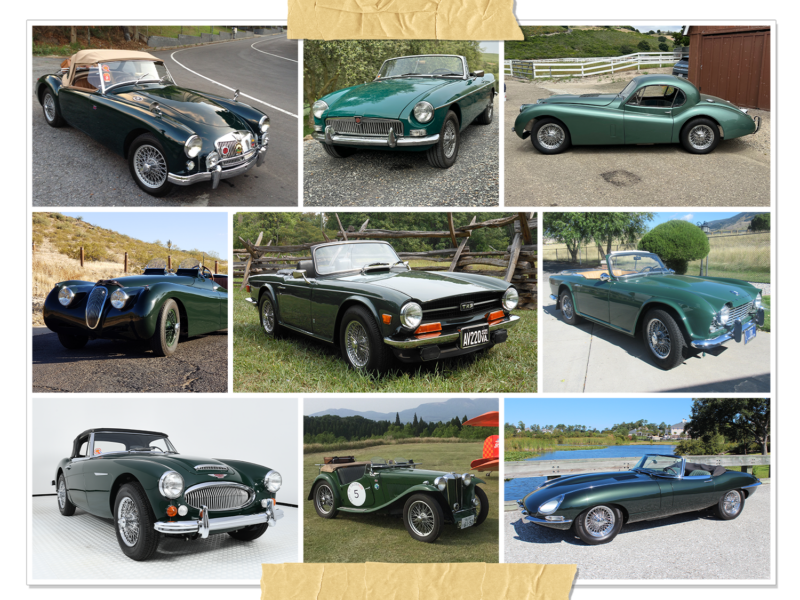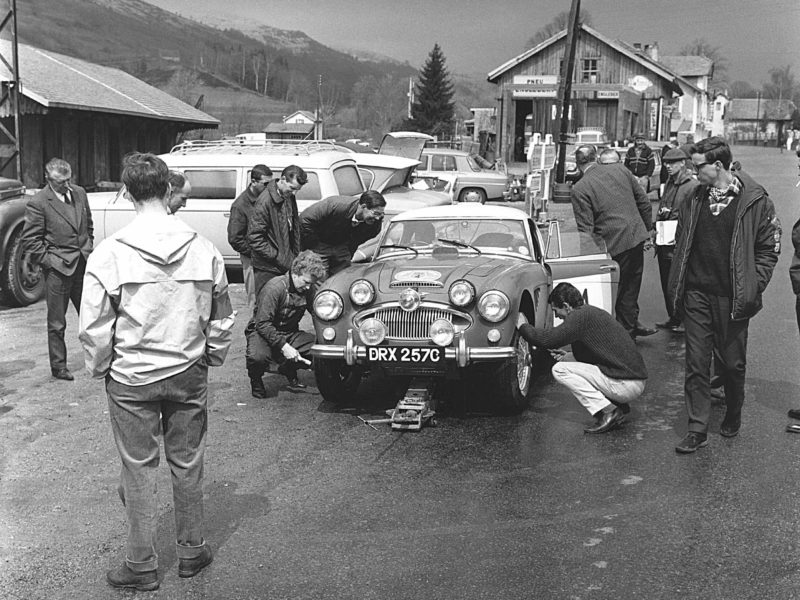To historians of MG, the fact that Cecil Kimber first modified Morris Oxford saloon cars is well documented. These humble family saloons were slightly tuned by Kimber at the Morris Garages in Oxford, England, given flutter springs, fitted with clean smart bodies, and sold at a premium. As we all now know, he was very good at selling MGs, and eventually had his own factory at Abingdon.
The car shown is a repeat of history, being a MkIV MG Magnette, commonly called a Farina Magnette in the U.K., as its Italianate lines were styled by Pininfarina. It existed as two models, the first being the MkII Magnette, of which many were exported to the U.S., but externally it is very difficult to tell the two Farina cars apart. They are unashamedly based on the BMC Morris Oxford body. An MG using Morris parts—now, does that sound familiar?
The MkIII Farina Magnette followed on from the nice little MG ZB, and was introduced in November 1958. Abingdon had to cease making saloon cars as it now also produced the Austin-Healey sports cars, and space in the plant was at a premium. Many bought the new MG from Cowley in Oxford, a poor replacement for the taut ZA/B. The BMC Austin Design Office (ADO) had produced the Magnette MkIII utilizing the ZB’s engine, gearbox, and rear axle (same as the MGA, in fact!), but had incorporated the Austin A55 saloon car floorpan, and a re-skin of its upper body in Pininfarina style. Overall the MkIII was a corporate car, designed by a committee, with bits fitted they thought an MG should have. The MkIII was produced in the U.K. along with four sister cars, all using the same body: an Austin A55 MkII, a Morris Oxford Series 5, a Wolseley 15/60, and, a very similar car to the Magnette indeed, the Riley 4/68. The Riley and the MG used the twin-carb version of the BMC B series engine, with 1498cc developing 68 bhp. The other three models were single carb cooking versions, putting out 50 bhp!
Because of the car’s interior room and huge boot, it sold very well as a Morris, Austin, or Wolseley. The Riley did reasonably well, but the MG version was shunned. It just did not fit the market! By January 1961, BMC were forced to update the cars as the motoring press were being extremely uncomplimentary in their reports. The product line desperately needed anti-roll bArs, the wheelbase and track widening, and the body lowering. All of this was done, and the MG became the MkIV, along with an MGA 1600 MkII 1622cc engine. It could now also be had as an automatic, but by now BMC had stopped importing this model to the U.S., as, after all, its basic suspension and mechanics dated back to the Austin A40 of 1947! The MkIV sold at about 2,000 cars a year until its demise in 1967. In total, approximately 26,000 MkIII and MkIV Farina Magnettes were manufactured. The four other sister models added up to nearly one million cars.
Today the MG Farina Magnette is a rare car. Only 70 MkIIIs and 178 MkIVs are on the British DMV records. The modifications carried out in 1961 were far too late for the Farina Magnette, and even though the car handled belter and was faster than the MkIII, a bad name sticks. The fact that many parts from it can be used on the ZA/ZB and MGAs has not helped the survival rate, and corrosion on the English winter salted roads, in addition to demolition stock car racing, has seriously reduced surviving numbers. Unlike other MG cars, they hold little cash value and a very good car can be found for around £3,000 ($4,500).
Here in England at the larger MG meetings and rallies, it is an unusual car to see. For instance, at the big MG Car Club meeting at Silverstone last year, only two examples were to be found. I would like to find any examples still surviving in the U.S. as I keep a register of MG and Riley versions of Farinas. To date, we have discovered MG Farinas in Australia, New Zealand, Switzerland, even two in Perak, Malaysia (one the property of the royal family!).







'The Farina Magnette' has no comments
Be the first to comment this post!